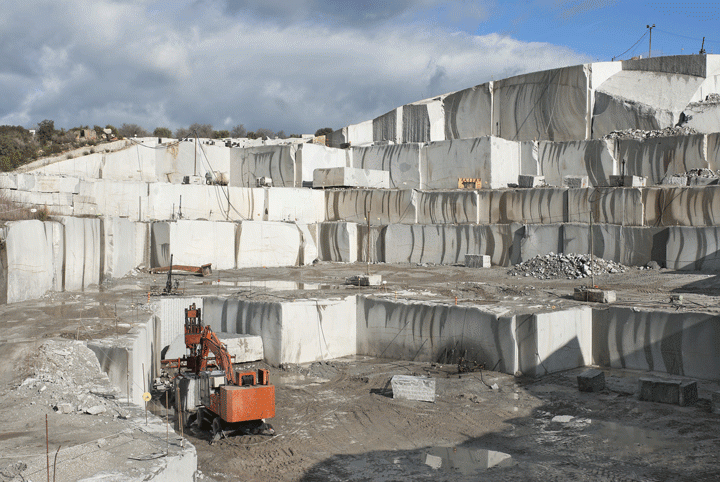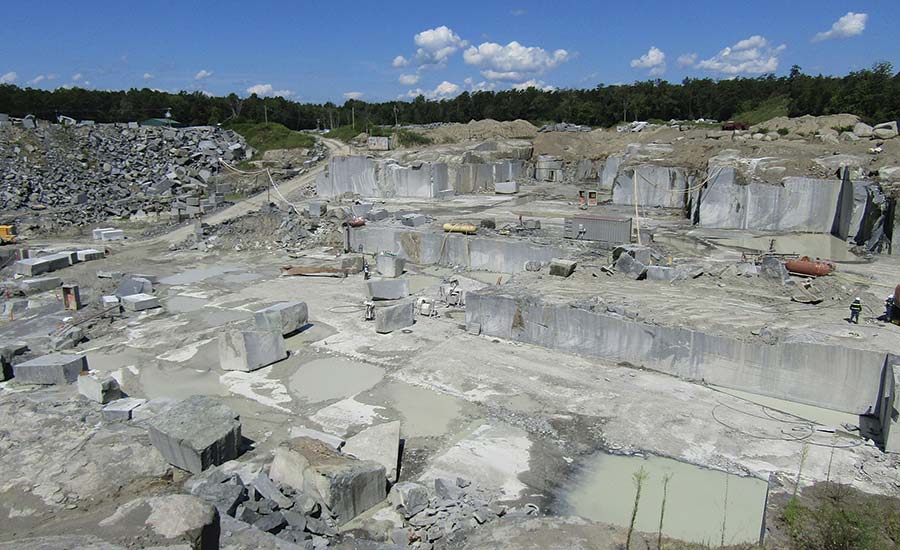Uncovering the Rich Background and Sustainable Practices of Granite Quarrying
As we stand on the precipice of revealing the elaborate tapestry of granite quarrying, a journey via time reveals not simply the physical act of drawing out stone however also the social and historic value woven into the very fabric of this practice. From the ancient beginnings that laid the structure for contemporary quarrying methods to the lasting techniques that are shaping the future of this industry, each sculpt mark on granite surface areas narrates waiting to be discovered (granite quarries in south africa). The tradition of granite quarrying stretches much beyond mere removal; it is a testimony to human ingenuity, resilience, and the enduring appeal of this marvelous rock
Ancient Beginnings of Granite Quarrying
Going back to ancient human beings, the technique of quarrying granite has been an indispensable part of human history and architectural development. The earliest evidence of granite quarrying go back to ancient Egypt, where substantial pyramids and complex sculptures were crafted from this sturdy rock. The Egyptians made use of primitive devices to extract granite blocks from quarries, showcasing the importance of this material in their significant buildings.
Moving onward in history, the Greeks also made substantial contributions to the quarrying of granite. The Greeks utilized granite in different architectural wonders, such as holy places and sculptures, showing their skill in shaping and sculpting this hardy rock. The Romans better fine-tuned the methods of quarrying granite, employing innovative tools like knives and hammers to remove and shape granite for their renowned structures.
With the centuries, the practice of quarrying granite has actually evolved, with contemporary technologies enhancing effectiveness while maintaining the timeless appeal of this all-natural stone - granite quarries in south africa. From ancient human beings to contemporary contractors, the heritage of granite quarrying remains to shape our world
Development of Quarrying Methods
The development of quarrying techniques has been noted by a continuous progression in the direction of higher efficiency and precision in drawing out granite. From the basic methods used by our forefathers to the innovative technologies utilized in modern quarrying operations, the industry has gone through significant innovations. Early quarrying techniques entailed manual labor with standard tools such as knives, hammers, and wedges to extract granite blocks from the planet. As people advanced, techniques like fire-setting and primitive dynamites were introduced to facilitate the removal procedure.
In even more recent times, the introduction of machinery revolutionized the quarrying market, enabling much faster extraction prices and enhanced efficiency. Technologies such as diamond cord saws, high-pressure water jets, and pneumatic drills have actually become web common in contemporary quarries, enabling accurate cutting and reduced waste. Improvements in computer-controlled devices and 3D modeling have enhanced quarrying operations, leading to minimal ecological effect and enhanced sustainability methods. As the need for granite proceeds to rise, the evolution of quarrying strategies stays integral to meeting market requires successfully and sustainably.
Cultural Significance of Granite
Granite holds an extensive cultural relevance throughout numerous civilizations due to its long-lasting visibility in building work of arts and respected monoliths. From the magnificent pyramids of Egypt to the detailed makings of the Angkor Wat temple in Cambodia, granite has been a product of option for revealing splendour and durability in cultural heritage. In ancient Rome, granite columns adorned holy places and public structures, representing strength and permanence. The social value of granite expands past its physical characteristics; it symbolizes durability, security, and eternity, making it a sign of sustaining traditions and practices.

Lasting Practices in Quarrying
In the middle of the abundant background of granite quarrying and its social importance exists an expanding focus on sustainable methods within the industry. As ecological understanding and worries concerning resource depletion have heightened worldwide, the quarrying field has actually progressively accepted lasting approaches to reduce its influence on the setting and surrounding neighborhoods.

Additionally, improvement and rehabilitation of quarry websites post-extraction are indispensable to lasting methods. By recovering quarried locations to a natural or useful state, such as creating wild animals habitats or leisure spaces, quarriers can offset the ecological footprint of their operations and add favorably to the regional ecological community.
Legacy of Granite Quarrying
With a historic backdrop steeped in craftsmanship and industrial progression, what withstanding impact has granite quarrying left on the landscape of modern-day society? The tradition of granite quarrying goes beyond mere removal techniques; it has formed architectural wonders, urban landscapes, and cultural heritage worldwide. The long lasting nature of granite has actually made it a favored selection for monoliths, structures, and infrastructure, standing as a testament to the skill and artistry of quarry workers across generations.
In addition, the economic impact of granite quarrying can not be ignored. The industry proceeds to supply job opportunity and drive regional economic situations in regions where granite extraction is prevalent. It has actually also spurred technical innovations in quarrying methods and devices, leading to much more effective and lasting practices.
In terms of sustainability, the legacy of granite quarrying includes efforts to minimize ecological impacts with reclamation jobs and liable source management. By balancing economic interests with click for more info ecological stewardship, the market aims to guarantee that future generations can continue to benefit from this enduring natural source.
Final Thought
